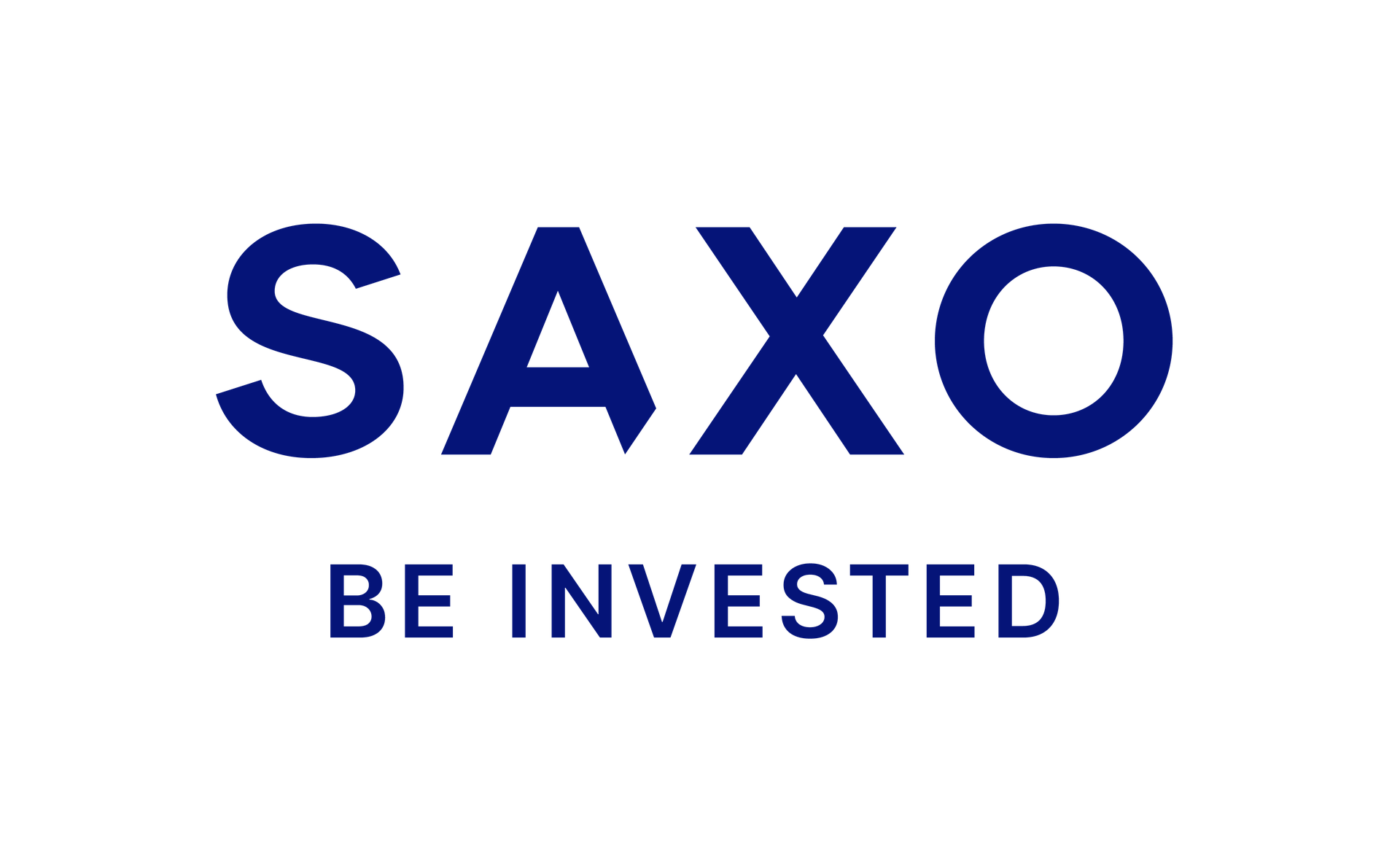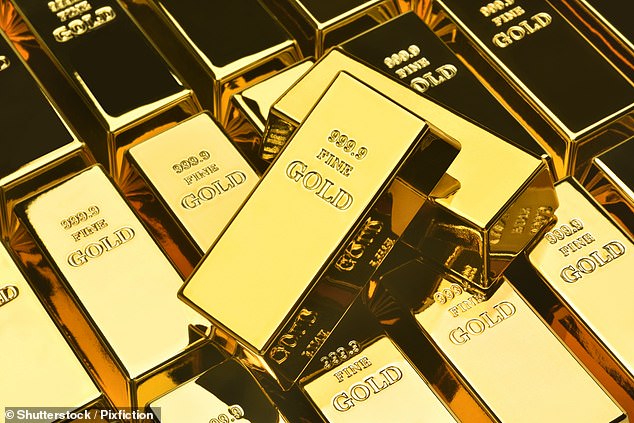Table of Contents
Last week, two markets of enormous importance reached all-time highs: one was the US stock market, with the S&P 500 above 5,700 points, and the other was the gold market, which surpassed 2,600 dollars an ounce. But both markets are saying very different things.
Stocks are driven by confidence: the massive US interest rate cuts are driving continued growth, the US economy is avoiding recession and all that.
Gold is driven by fear: worries about inflation, trade tensions and the horror that current conflicts will escalate. What’s going on?
Let’s focus on gold, because for several reasons it gets much less attention than stocks.
It is a smaller market, as the total value of all gold ever mined is about $15 trillion (£11 trillion), while the current US stock market capitalisation is more than $55 trillion.
Safe haven: Gold is driven by fear: worries about inflation, trade tensions and the horror that current conflicts will worsen further.
It differs from bonds and most stocks in that it does not produce an income. And about a fifth of the world’s gold reserves are held by central banks as reserves, with the United States holding by far the largest share: 8,133 tonnes of the metal.
We have only 310 tonnes, largely because Gordon Brown sold 395 tonnes between 1999 and 2002. The average price was $276 an ounce, which makes it look like a very stupid decision, even considering the interest we received on the US government bonds we bought instead.
We have lost about $30 billion in the deal.
On the contrary, the big buyers over the past 25 years have been other central banks, particularly China.
According to the World Gold Council, it bought 1,037 tonnes last year, with the People’s Bank of China accounting for more than half of the total, bringing its gold reserves to 2,264 tonnes.
Add to this what the Chinese are buying and the fact that it is the largest gold mining country in the world, ahead of Russia and Australia, and it is clear that China has been the main driver of the gold boom.
That says two things: one is that the country foresees difficult times ahead.
Rising trade tensions with the United States must be part of it. The disastrous state of much of the real estate market must be another.
And the stock market has been weak, with the Shanghai Composite Index down 10 percent from a year ago.
The other is that central banks generally do not trust US and European government debt.
If your job is to manage a country’s reserves, you have a choice: either you hold gold, or you hold securities issued by other governments. In practice, that means dollars and euros. The IMF reports that just under 60% of all foreign exchange reserves are denominated in dollars, 20% in euros, just over 5% in Japanese yen and just under 5% in British pounds.
When central banks buy gold, they are saying that they do not want dollars or euro bonds. What does this mean for the rest of us? Should we try to buy some gold?
It’s a tough one. The price certainly seems high at the moment and there have been long periods in the past when gold has been a terrible investment. For example, it was fixed at $35 an ounce at the Bretton Woods meeting in 1944 and stayed at that level until the gold exchange standard began to disintegrate in 1971. Then it shot up when the world moved to floating exchange rates.
On the other hand, gold has proven to be a better long-term store of value than paper currencies.
Since 1913, when the pound was a gold sovereign, prices have risen almost 100-fold (the Bank of England has a handy inflation calculator), but today a sovereign costs around £480.
So in real terms, it has increased almost fivefold.
In my view, it is worth having some savings in gold, although this does not seem to be a good time to buy. But there are better hedges against inflation, particularly real estate assets and global equities.
Looking at what has happened to home prices here and stock prices in the United States, many other people seem to agree.
DIY INVESTMENT PLATFORMS

AJ Bell

AJ Bell
Easy investment and ready-to-use portfolios

Hargreaves Lansdown

Hargreaves Lansdown
Free investment ideas and fund trading

interactive investor

interactive investor
Flat rate investing from £4.99 per month

Saxo

Saxo
Get £200 back in trading commissions

Trade 212

Trade 212
Free treatment and no commissions per account
Affiliate links: If you purchase a product This is Money may earn a commission. These offers are chosen by our editorial team as we believe they are worth highlighting. This does not affect our editorial independence.
Some links in this article may be affiliate links. If you click on them we may earn a small commission. This helps us fund This Is Money and keep it free to use. We do not write articles to promote products. We do not allow any commercial relationships to affect our editorial independence.


